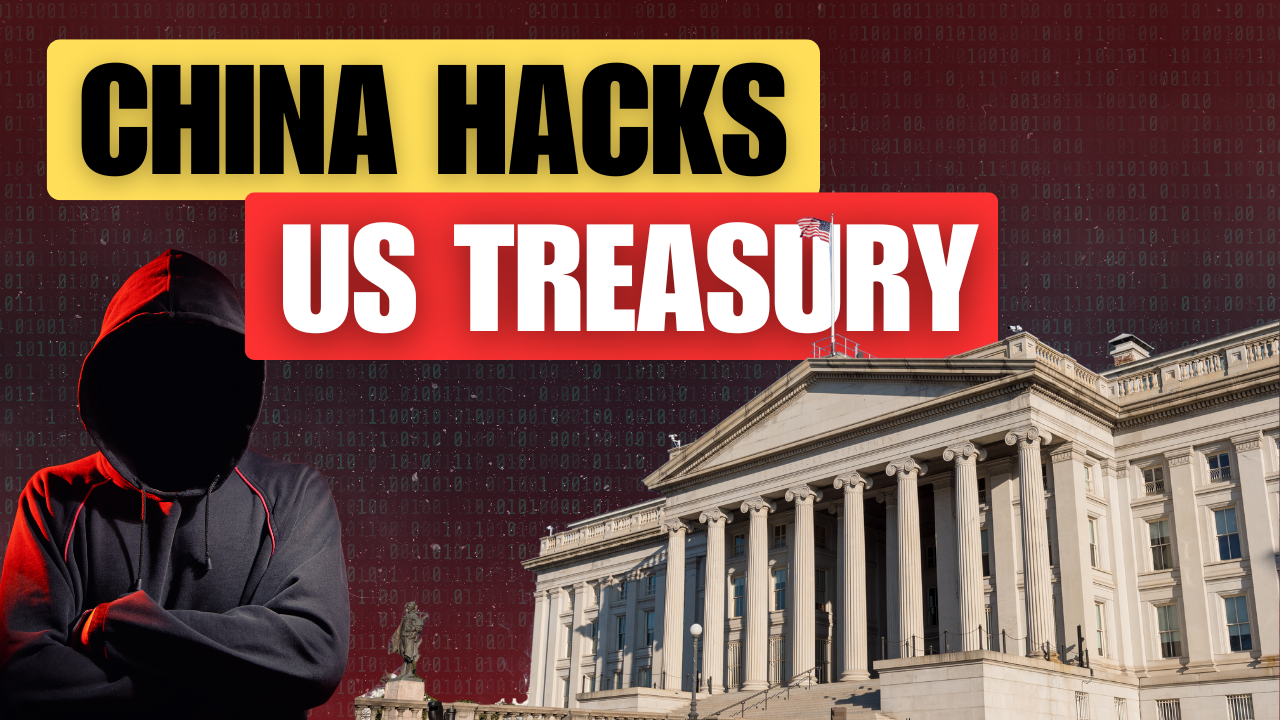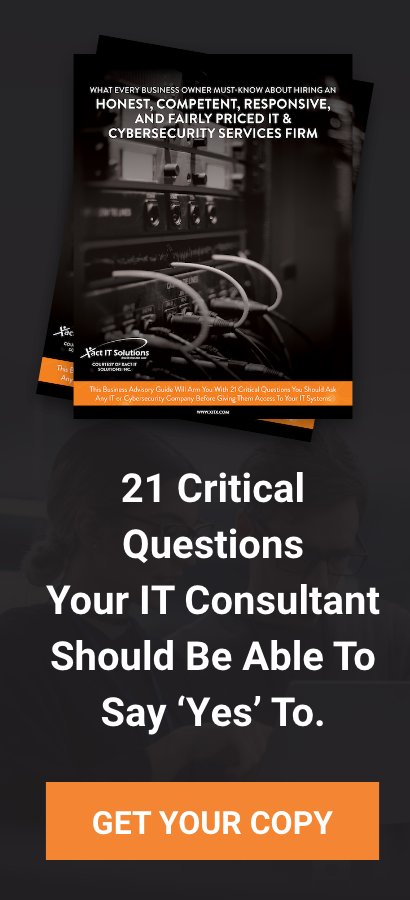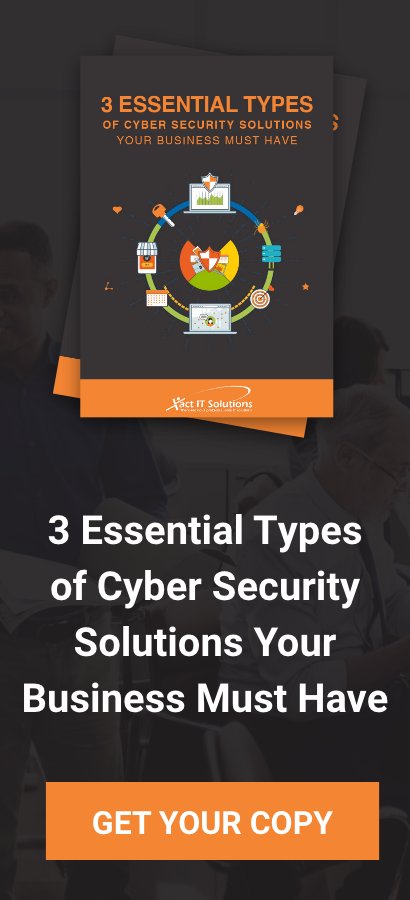In the ever-evolving world of cybersecurity, staying informed is not just a luxury—it's a necessity. This week, alarming events have unfolded, demonstrating vulnerabilities that could impact individuals, businesses, and government institutions alike. Let’s dive into the most critical incidents and what they mean for cybersecurity in 2025 and beyond.
The U.S. Treasury Hack: A Wake-Up Call
This week’s spotlight falls on a breach involving the U.S. Treasury, reportedly executed by a Chinese state-sponsored actor. The attack exploited a vulnerability in third-party software supplied by BeyondTrust, a trusted vendor providing Privileged Access Management (PAM) solutions. Despite BeyondTrust’s swift action to patch the vulnerability, the U.S. Treasury removed the software entirely from its systems, signaling a significant loss of trust.
The Vulnerability: Token Theft Exploitation
The breach utilized a technique known as token theft. Authentication tokens are designed to enhance security by allowing users to stay logged in without repeated password entry. However, if compromised, these tokens enable attackers to impersonate legitimate users, granting unauthorized access to sensitive systems.
How It Happened: BeyondTrust identified anomalous behavior in December, which prompted an investigation revealing the token vulnerability.
The Consequences: Attackers used the stolen tokens to infiltrate the Treasury’s systems, exposing critical financial data and national security-related information.
Lessons Learned
- Strengthen Third-Party Risk Management: The breach underscores the importance of auditing vendor security practices.
- Implement Token Expiry Policies: Reducing the lifespan of tokens can limit their usefulness if stolen.
- Continuous Monitoring: Detecting anomalous behavior early can mitigate the impact of breaches.
Ransomware on the Rise
Ransomware attacks continue to escalate, targeting industries ranging from healthcare to critical infrastructure. Two incidents this week stand out:
Rhode Island Bridge System: Infrastructure Under Siege
The ransomware group BrainCipher attacked Rhode Island’s bridge system, disrupting operations and demanding a ransom to restore functionality. Refusing to negotiate, the state now faces the fallout of sensitive data leaks on the dark web.
Implications: Beyond operational disruptions, leaked data can result in identity theft and fraud.
Preventive Measures: Enhanced endpoint protection and regular system backups are crucial to minimizing ransomware impact.
American Addiction Centers: Healthcare’s Vulnerability
A ransomware attack compromised the data of 422,000 individuals at American Addiction Centers, a Tennessee-based treatment organization. The hackers, denied payment, began releasing sensitive information, exacerbating the breach’s fallout.
Impact: Healthcare organizations hold some of the most sensitive personal data, making them prime targets. The breach led to regulatory scrutiny and potential class-action lawsuits.
Lessons for Organizations:
- Encrypt sensitive data at rest and in transit.
- Conduct regular penetration testing to identify vulnerabilities.
Token Theft: The New Frontier
The U.S. Treasury hack highlights a broader trend: the growing threat of token theft. Attackers are becoming adept at stealing session tokens to bypass traditional security measures.
What Is Token Theft?
Token theft involves intercepting or stealing authentication tokens, which act as temporary keys to access systems without re-entering passwords. This method is increasingly favored by attackers for its stealth and efficiency.
Attack Vectors: Tokens can be intercepted through phishing, man-in-the-middle attacks, or exploiting poorly secured storage.
Mitigation Strategies:
- Employ multi-factor authentication (MFA) to add a layer of security beyond tokens.
- Use secure channels and encrypted storage for token management.
- Regularly review and revoke unnecessary permissions.
The Larger Picture: Cybersecurity in 2025
As we move further into 2025, these incidents highlight critical trends and areas for improvement in cybersecurity:
1. Supply Chain Vulnerabilities
The BeyondTrust incident is a stark reminder that even the most secure organizations are only as strong as their weakest link. Organizations must:
- Conduct thorough due diligence when selecting vendors.
- Require vendors to adhere to stringent security protocols.
- Continuously monitor third-party systems for vulnerabilities.
2. The Growing Threat of Ransomware
Ransomware groups are becoming more sophisticated, leveraging double extortion tactics—encrypting data and threatening to release it unless ransoms are paid.
Best Practices:
- Educate employees on identifying phishing attempts.
- Implement advanced endpoint detection and response (EDR) tools.
- Develop a robust incident response plan.
3. Advanced Attack Techniques
Token theft, supply chain attacks, and ransomware highlight the need for organizations to stay ahead of evolving tactics. This requires investment in threat intelligence and proactive measures.
Innovative Solutions:
- Zero Trust Architecture: Assume no entity, internal or external, is trustworthy by default.
- Behavioral Analytics: Use AI to detect anomalies in user behavior.
- Regular Training: Ensure all employees understand the latest cybersecurity threats.
The Human Element: Building a Culture of Security
Technology alone cannot solve cybersecurity challenges. Organizations must foster a culture of security where employees at all levels are aware of their role in protecting sensitive information.
Leadership’s Role:
- Set the tone by prioritizing cybersecurity in organizational strategy.
- Allocate resources for continuous improvement in security practices.
Employee Training:
- Provide regular, role-specific training.
- Encourage reporting of suspicious activities without fear of reprisal.
Conclusion: A Call to Action
This week’s cybersecurity incidents are a stark reminder that vigilance is key in an increasingly interconnected world. Organizations, governments, and individuals must act proactively to secure their digital environments.
Key takeaways include:
- Prioritize Vendor Security: Trust is built on robust risk management practices.
- Invest in Advanced Security Measures: From EDR to behavioral analytics, staying ahead of threats requires innovation.
- Foster a Security-First Culture: Empower employees to be the first line of defense against cyber threats.
Cybersecurity is a shared responsibility. By learning from these incidents and implementing best practices, we can collectively build a safer digital future. Stay informed, stay secure.
Watch the full video here 👇🏻



